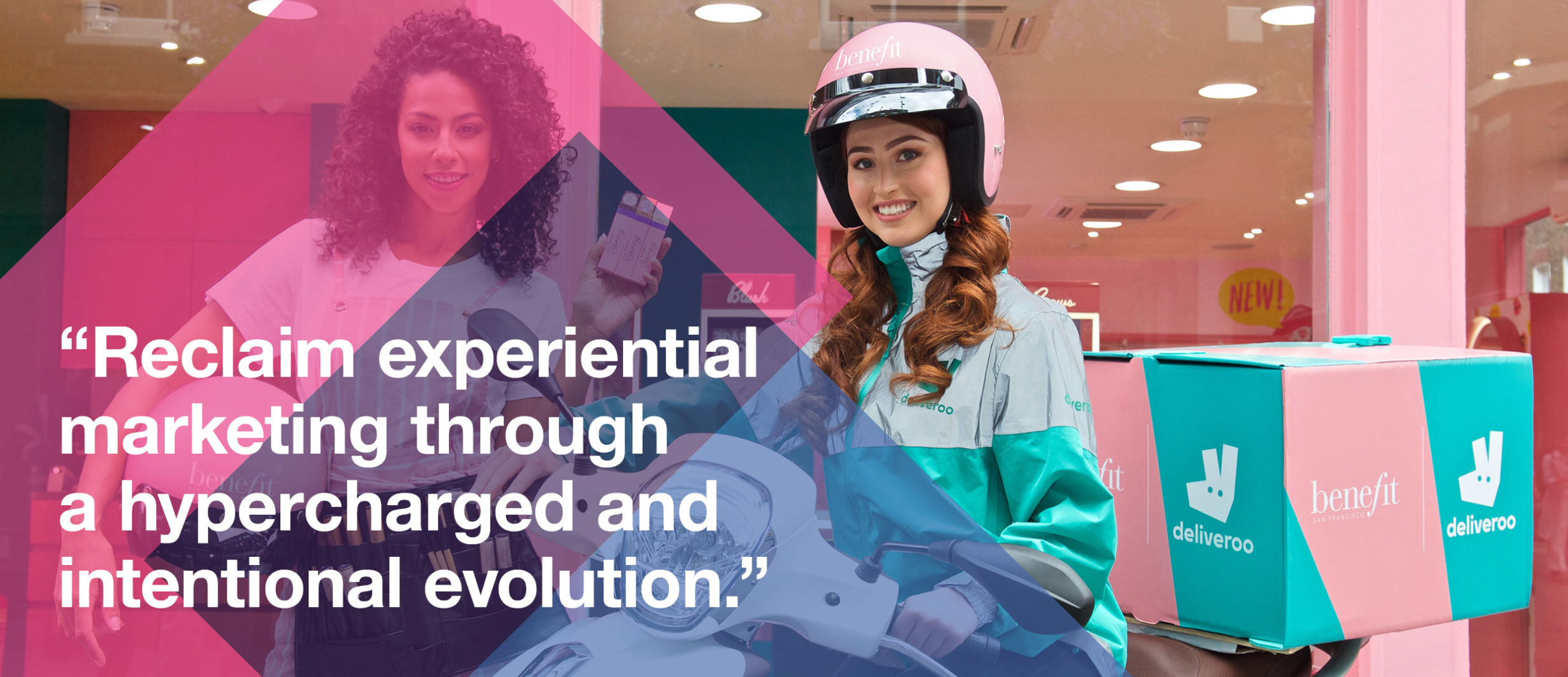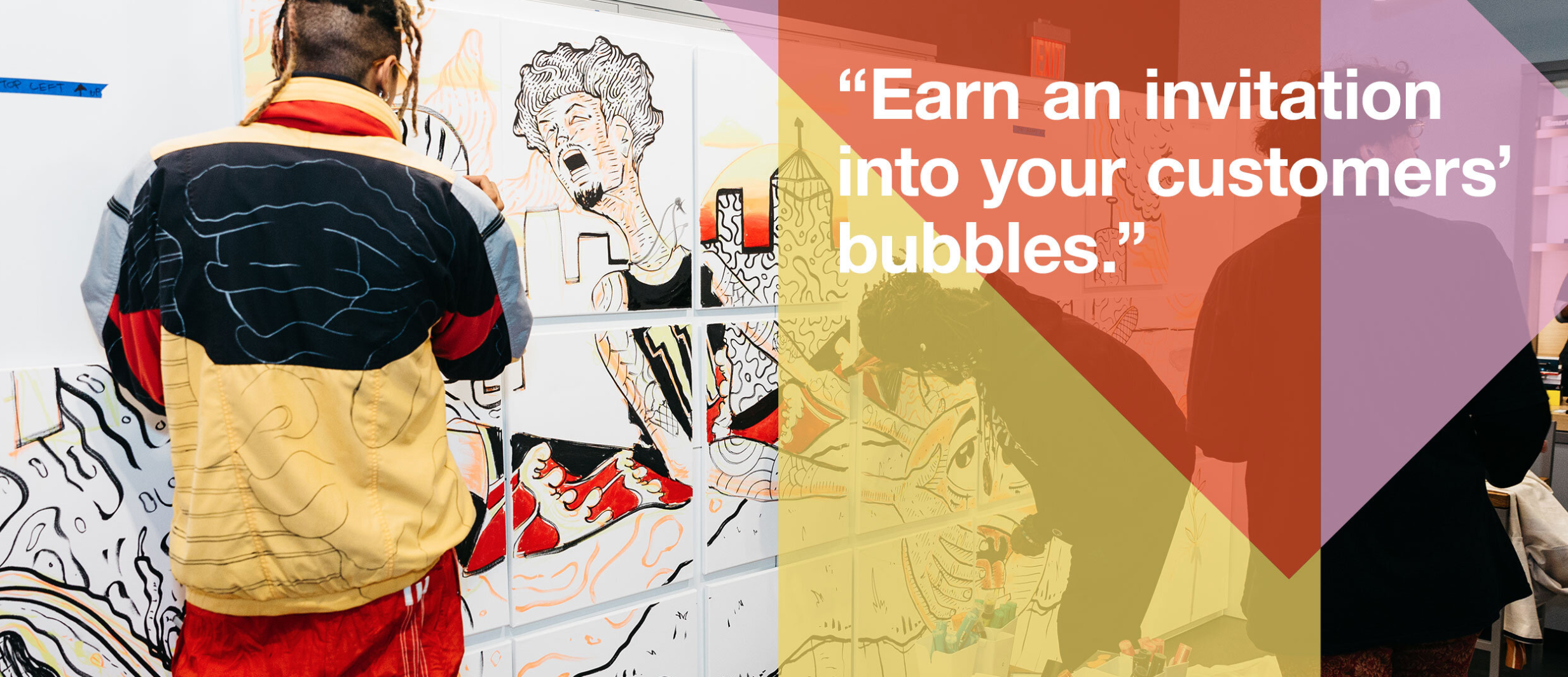Navigating the ‘new next’:
How physical experiences can begin to evolve
While change is inevitable, nothing prepared us for 2020. But to our delight, there’s enough of a glimmer of optimism for brands and experiential marketers to start making serious plans for the return to physical, in-person events around the world.
To be clear, this isn’t a switch to be flicked: we’re not going to be suddenly back where we were over a year ago. Instead, brands and marketers are going to need to navigate what we’re calling ‘the new next’: the period between the cold winter of now (as vaccines slowly begin their rollout) and the warm summer days of the not-too-distant future, where vaccines have facilitated a return to something like life as we knew it.
With this in mind, physical experience will need to evolve. Below are three ways we see brands being able to capitalize during the ‘new next’.
Embrace, and facilitate the local community
As consumers venture out slowly, they’ll stick to their local neighbourhood ‘bubble’ first. Maintaining safety and reconnecting with the local community is paramount as neighbourhoods begin to financially rebuild. Brands have an incredible opportunity to both partner with and uplift local institutions, from coffee shops to book stores, restaurants to bodegas. In fact, we’ve seen this behaviour before: from Sprite to Tiffany’s, brands have lent their global brand power in exchange for the authenticity of a local community's creative energy, social good and even political causes. In late 2020, Kith closed their four flagship locations and temporarily converted them to voter registration hubs: they thought about their local community and acted to empower them. As communities look to find their feet, ask yourself: how can my brand be a pillar of this new beginning?
Make space, give (specific) times
The consumer's comfort level regarding space and time will largely drive how they interact with brands concerning activations and pop-ups. According to Thinkwell Group, 140 square feet of personal space per guest is the new magic number: a ten-fold increase from pre-pandemic times. While activating outdoors provides the greatest degree of safety, (and something we encourage when available) inviting smaller groups indoors is still an option that provides an added sense of comfort and exclusivity.
While consumers rethink their relationship to spaces, they are also prioritizing how long they want to expose themselves, the consensus being to keep it short and sweet. On that note, a major upside to both of these evolved behaviours is that attendees are more willing to pay and pre-register for specific experiences. Ticketed experiences open the door for personalized service, enhanced engagement, and greater customer service. Everybody wins.
Foster small-group energy
For too long, huge queues and large crowds have been measures of success for brand experiences. However, post-pandemic, consumer expectations around brand and social gatherings have shifted towards smaller, more selective group formats. As people once again begin to come together, Priya Parker reminds us in the Art Of Gathering that smaller groups bound by a shared purpose are more likely to gather and share deeper conversations and interactions.
As we’ve said before, experiential marketing exists to connect people, their communities, and to the brands that share their values. And despite all the global changes seen in 2020, we’re confident that experiences will remain a critical tool in building and maintaining connections.
Just as you and your brand navigated 2020, so too will you navigate the ‘new next’...and we’re right here to chat to you about it whenever you’d like.


